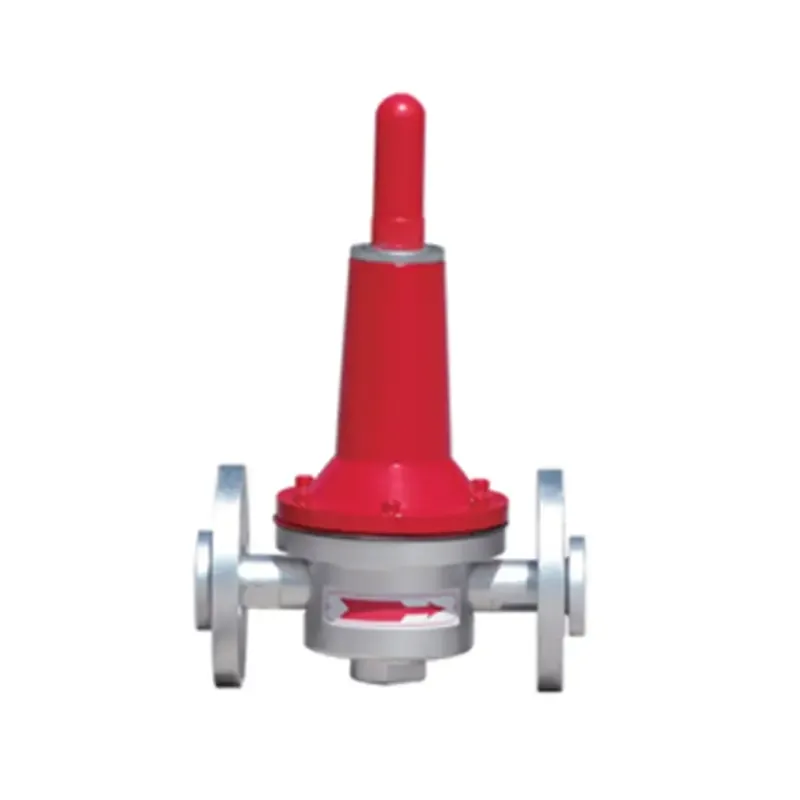
Dec . 31, 2024 16:55
Back to list
Pressure Relief Equipment for Enhanced Safety and Performance Efficiency
Pressure Relief Equipment An Essential Component in Engineering Safety
In the realm of engineering and industrial processes, the management of pressure is crucial for the safe operation of equipment and systems. One of the key components involved in this management is pressure relief equipment. This equipment is designed to prevent excessive pressure buildup that could lead to catastrophic failures, thereby ensuring safety and compliance with industry regulations.
Understanding Pressure Relief Equipment
Pressure relief equipment encompasses various devices engineered to mitigate the risks associated with high-pressure scenarios. The primary function of these devices is to relieve pressure from vessels, pipelines, and equipment, safeguarding them from damage and potential explosions. Common forms of pressure relief equipment include pressure relief valves (PRVs), safety valves, rupture disks, and venting systems. Each of these devices operates under specific principles and is selected based on the application and pressure requirements.
1. Pressure Relief Valves (PRVs) These valves automatically open at a set pressure to allow excess pressure to escape, thus protecting the system from overpressure conditions. Once the pressure drops to a safe level, the valve closes, ensuring that normal operation can resume.
2. Safety Valves Much like PRVs, safety valves are designed to release pressure but are primarily used in steam and gas systems. They provide a rapid response to overpressure situations, quickly venting gas or steam to prevent damage.
3. Rupture Disks Unlike valves, rupture disks are non-reclosing devices that operate by bursting at a predetermined pressure. They are often used in high-temperature or high-corrosive environments where traditional valves may fail.
معدات تخفيف الضغط

Importance of Regular Maintenance and Inspection
The reliability of pressure relief equipment is paramount. Regular maintenance and inspection are essential practices that ensure these safety devices function correctly in case of an emergency. A malfunctioning pressure relief valve or a damaged rupture disk can lead to devastating consequences. Industrial facilities must adhere to strict guidelines and standards that dictate the frequency and scope of inspections for pressure relief equipment.
Moreover, training personnel on the proper functioning and maintenance of this equipment is vital. Employees must understand the operational parameters of pressure relief devices and the importance of reporting any abnormalities or malfunctions immediately.
Compliance and Regulatory Standards
Pressure relief equipment must meet specific regulatory standards set forth by organizations such as the American Society of Mechanical Engineers (ASME) and the Occupational Safety and Health Administration (OSHA). These regulations not only ensure the safety of the equipment but also protect workers, the environment, and the community at large.
For instance, in many jurisdictions, industries are required to maintain documentation detailing the installation, inspection, and maintenance of pressure relief devices. This information is critical during safety audits and can help in the formulation of effective safety plans.
Conclusion
In conclusion, pressure relief equipment is a vital aspect of industrial safety and risk management. By preventing overpressure conditions, these devices help avert potential disasters that could arise from equipment failure. The implementation of rigorous inspection, maintenance practices, and adherence to regulatory standards play a critical role in ensuring the effectiveness of pressure relief systems. Ultimately, investing in reliable pressure relief equipment and maintaining it wisely translates to a safer working environment, reducing risks for employees and surrounding communities.
Latest news
-
Safety Valve Spring-Loaded Design Overpressure ProtectionNewsJul.25,2025
-
Precision Voltage Regulator AC5 Accuracy Grade PerformanceNewsJul.25,2025
-
Natural Gas Pressure Regulating Skid Industrial Pipeline ApplicationsNewsJul.25,2025
-
Natural Gas Filter Stainless Steel Mesh Element DesignNewsJul.25,2025
-
Gas Pressure Regulator Valve Direct-Acting Spring-Loaded DesignNewsJul.25,2025
-
Decompression Equipment Multi-Stage Heat Exchange System DesignNewsJul.25,2025

